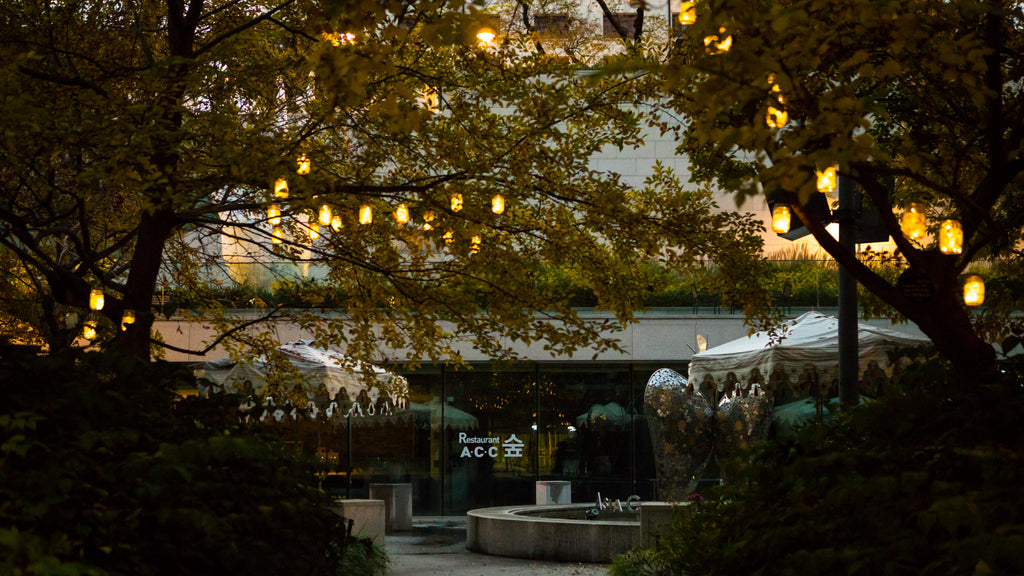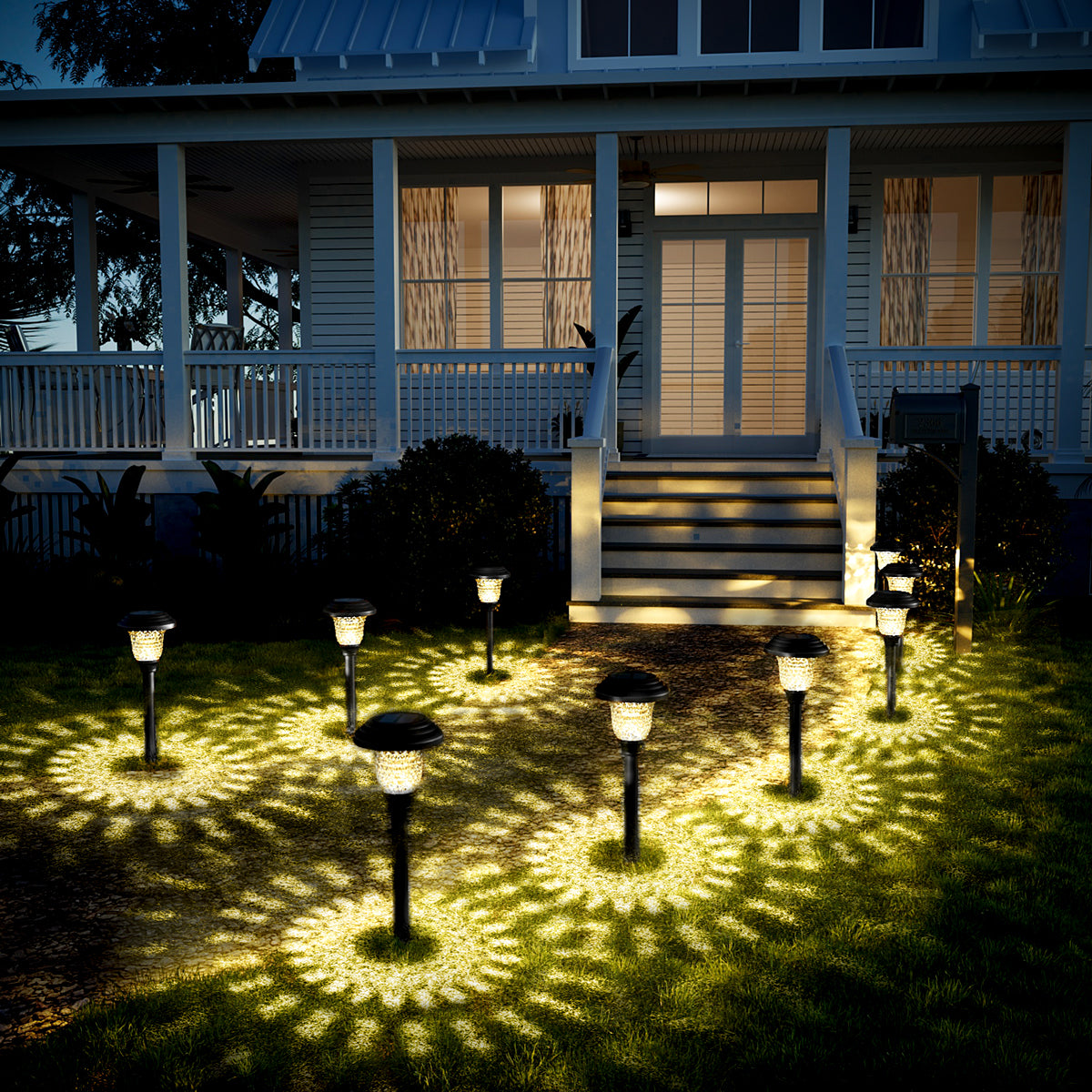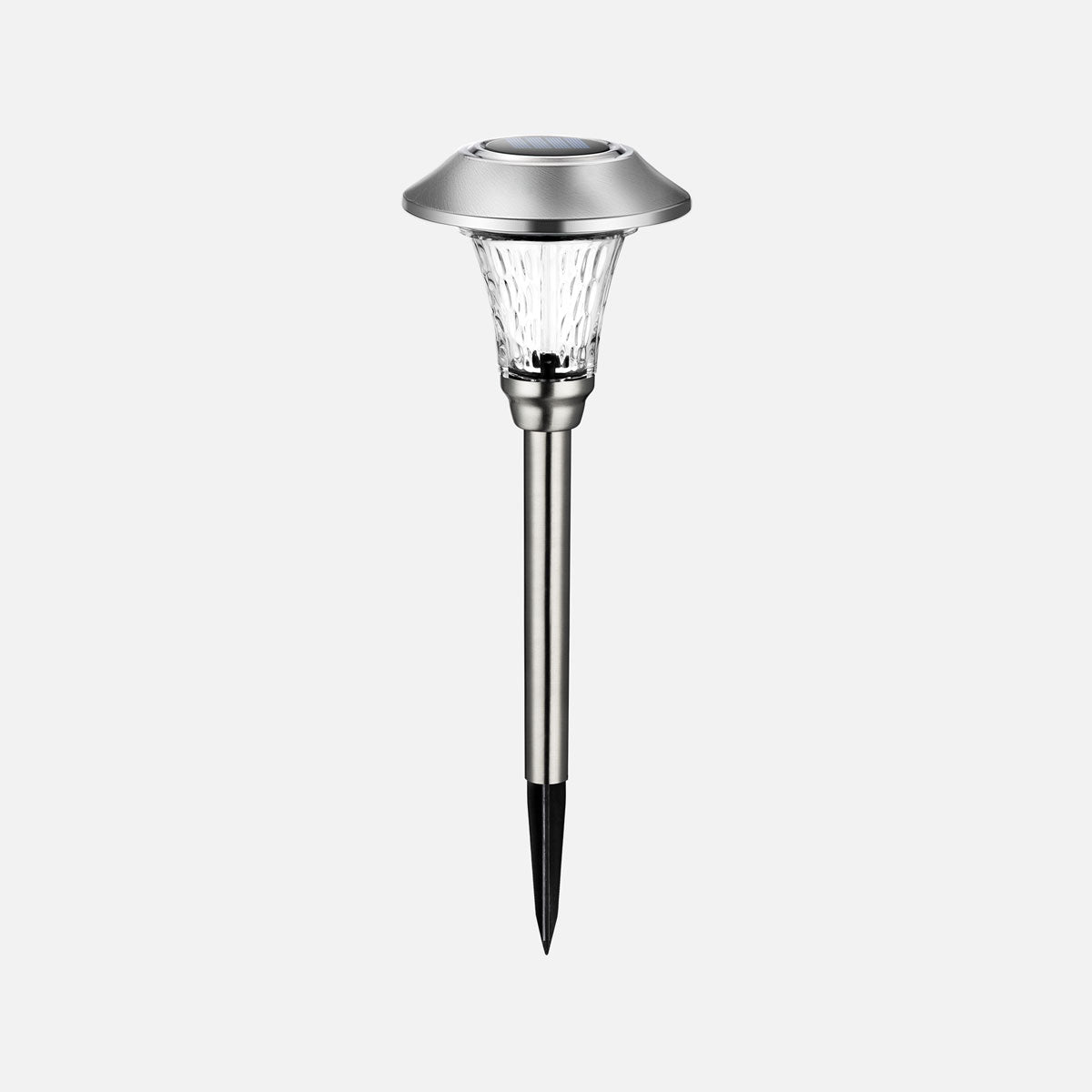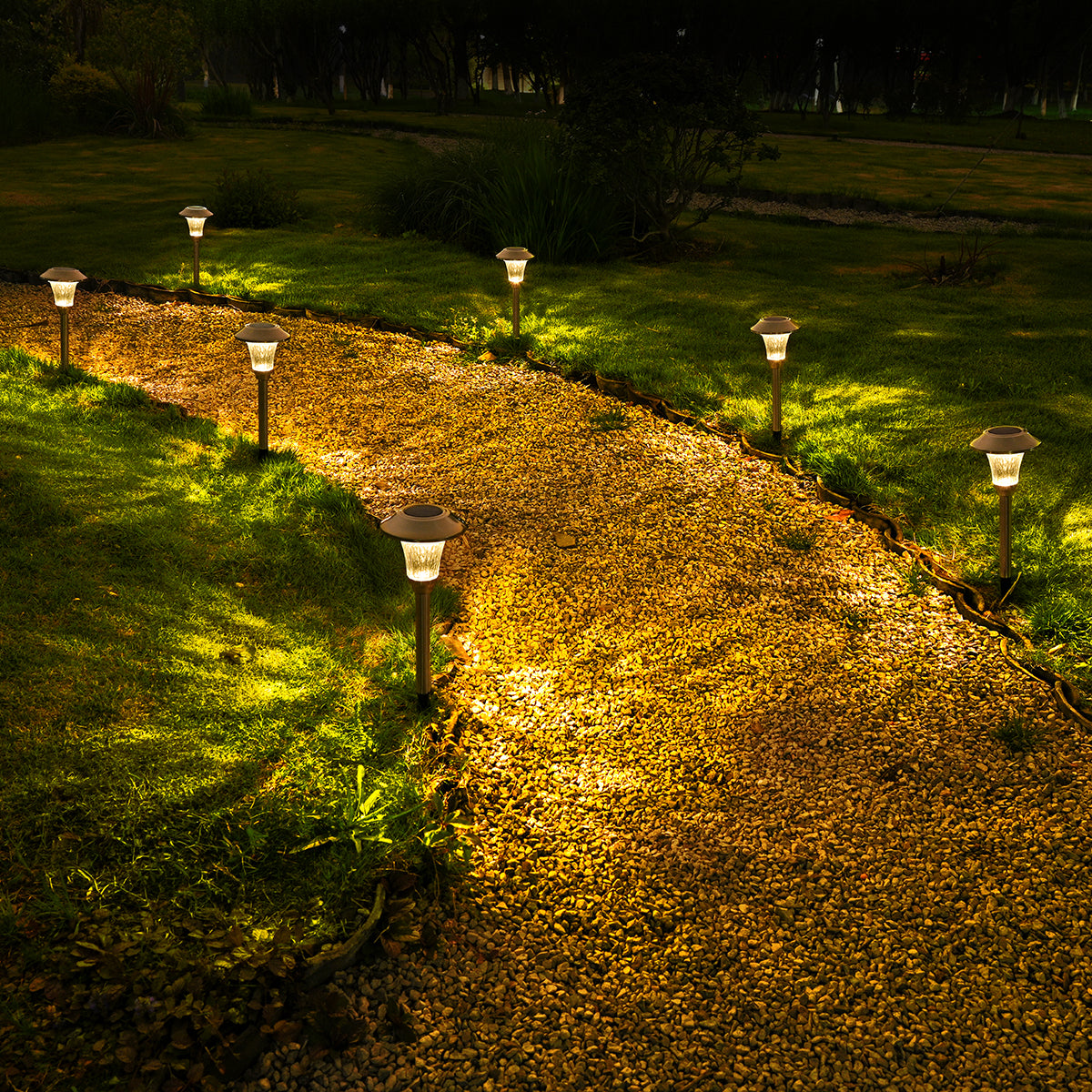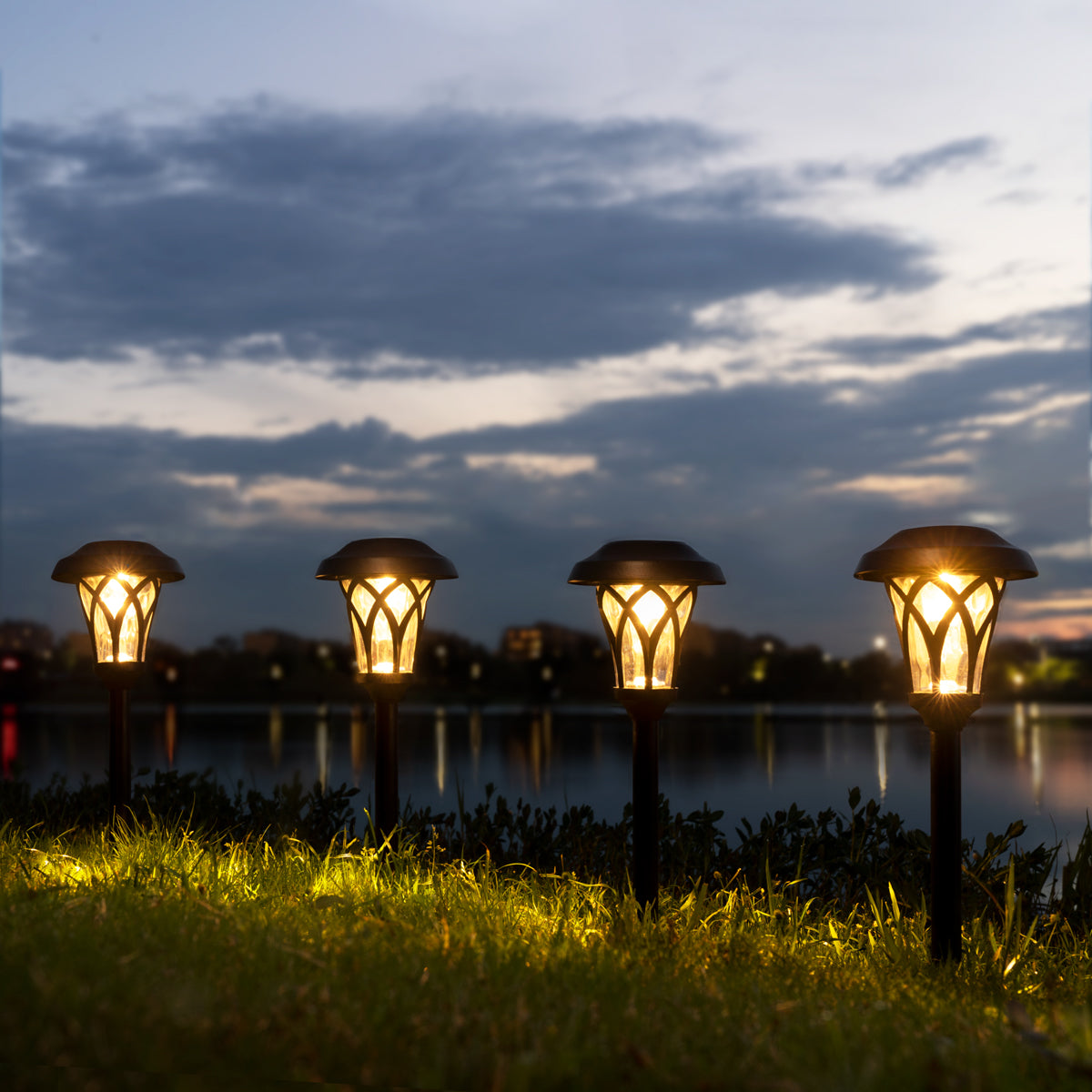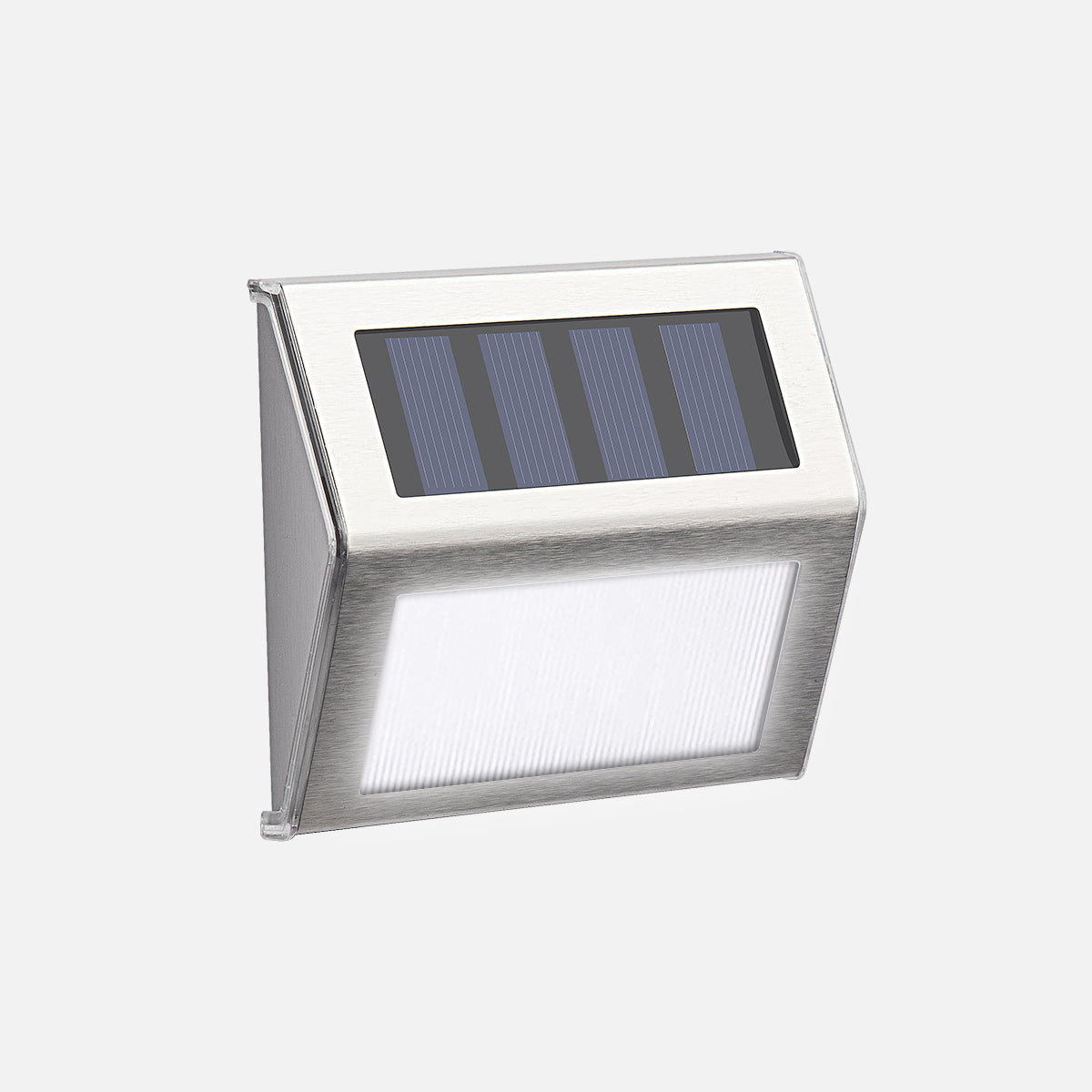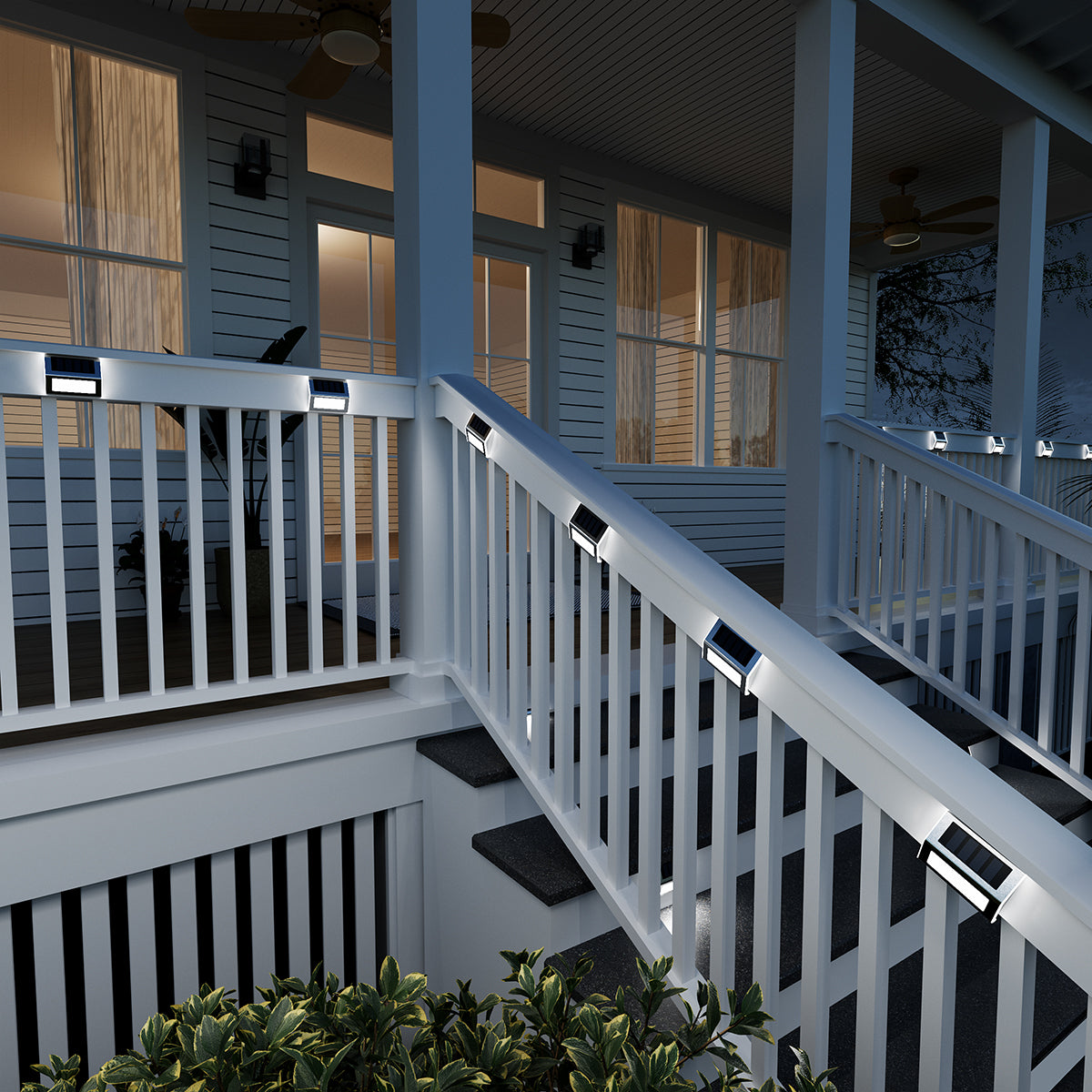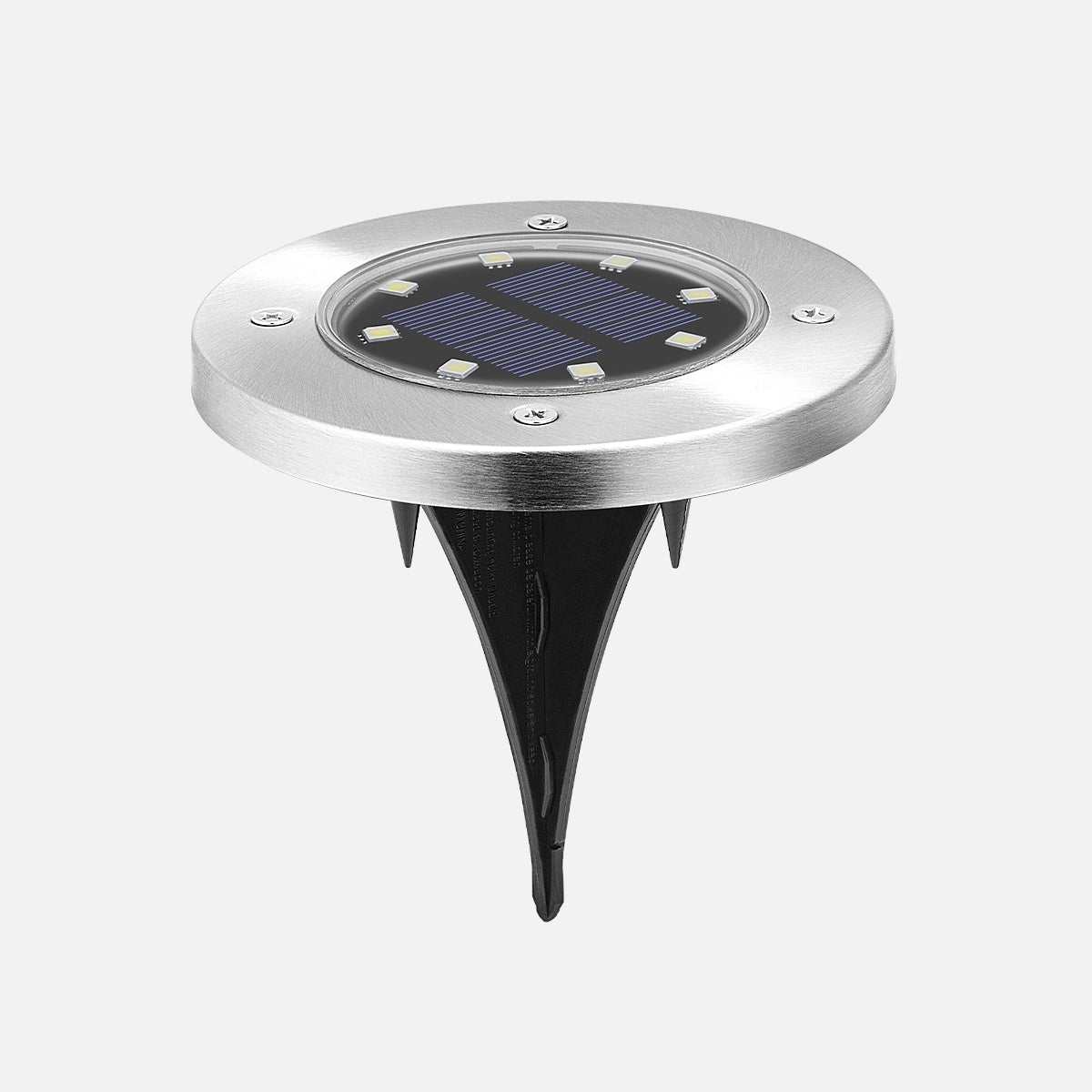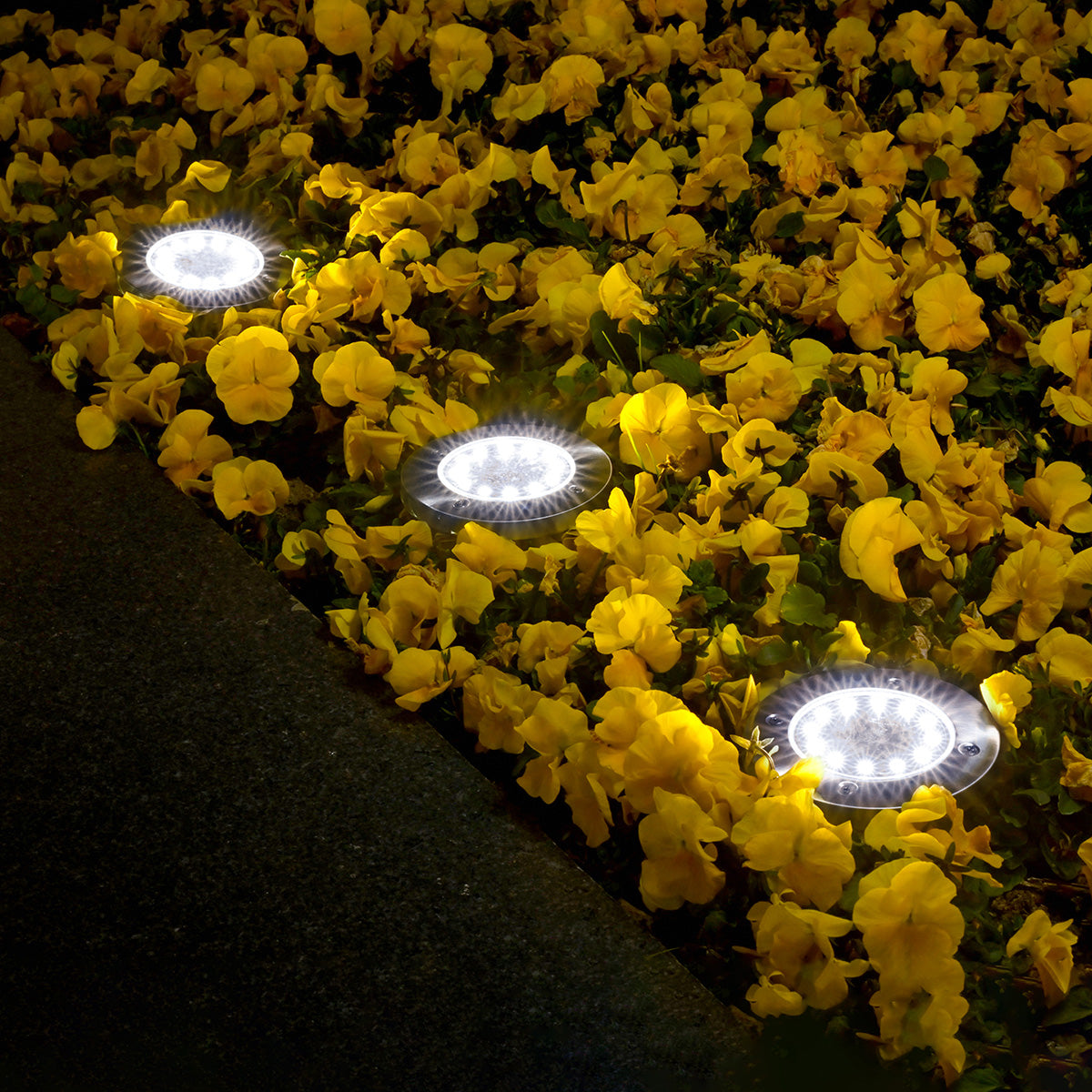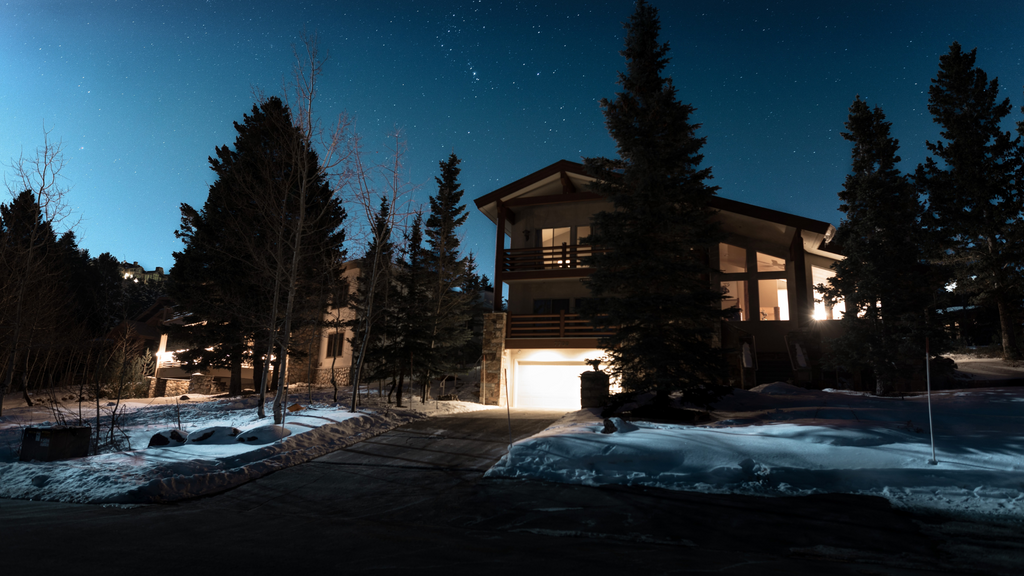
A Beginner's Guide to Spotlights: Different Types and Choosing Tips

Introduction:
Spotlights are versatile lighting fixtures that can add drama, focus, and ambiance to any space. Whether you want to highlight a piece of artwork, create a focal point in a room, or simply enhance the overall lighting, spotlights are an excellent choice. In this blog, we will discuss the different types and tips to help you make an informed decision when choosing the right spotlight for your needs.
I. How do spotlights work?
Spotlights are designed to emit a narrow, concentrated beam of light. They typically consist of a housing, a lamp or bulb, a reflector, and sometimes a lens. The housing is responsible for holding the components together and directing the light in a specific direction. The lamp or bulb is the light source, while the reflector helps to focus and control the beam. Some spotlights also include a lens to further manipulate the light output.

II. Types of spotlights:
a. Traditional spotlights: These spotlights use incandescent bulbs and are known for their warm, soft light. They are often used in residential settings and can be dimmed to create different moods. However, they tend to consume more energy and have a shorter lifespan compared to other types.
b. LED spotlights: LED spotlights have gained popularity due to their energy efficiency and longevity. They produce a bright, focused light and come in various color temperatures, allowing you to choose between warm or cool lighting. LED spotlights are ideal for both residential and commercial applications and can be dimmed for added versatility.
c. Halogen spotlights: Halogen spotlights are similar to traditional spotlights but use halogen bulbs instead. They offer a crisp, white light and are often used in art galleries, retail spaces, and museums. Halogen spotlights are known for their excellent color rendering, making them perfect for showcasing artwork or merchandise.
d. Track spotlights: Track spotlights are mounted on a track system, allowing you to adjust and position them as needed. They are versatile and commonly used in galleries, showrooms, and retail spaces where flexibility is required. Track spotlights are available in various styles and can accommodate different types of bulbs.
e. Floodlights: While not strictly spotlights, floodlights are worth mentioning as they provide a wide beam of light. They are commonly used for outdoor applications, such as illuminating gardens, driveways, or building facades. Floodlights are available in different wattages and can be adjusted to cover large areas or focus on specific features.

III. Tips of choosing spotlights:
There are several factors to consider. Here are some tips to help you make the right choice:
a. Purpose: Determine the purpose of the spotlights. Are you looking for functional lighting to illuminate pathways and entrances, or do you want to create a specific ambiance or highlight certain features in your garden?
b. Brightness: Consider the desired brightness level. If you need brighter light for security or functional purposes, choose spotlights with higher lumen output. For ambiance or accent lighting, lower lumen output may be sufficient.
c. Power source: Decide whether you want spotlights that are hardwired, solar-powered, or battery-operated. Hardwired lights provide a more reliable and consistent power source, while solar-powered and battery-operated lights offer flexibility in installation.
d. Design: Choose spotlights that complement the aesthetic of your garden and yard. Consider the style, color, and materials of the lights to ensure they blend well with the overall design.
e. Durability: Look for spotlights that are weather-resistant and durable, especially if they will be exposed to outdoor elements. Lights with an IP rating of at least IP65 are recommended for outdoor use.
f. Adjust-ability: Opt for spotlights that offer adjust-abilityin terms of direction and angle. This will allow you to easily direct the light where you need it most and adjust it as your garden and yard evolve.
g. Energy efficiency: Consider choosing LED spotlights, as they are more energy-efficient and have a longer lifespan compared to traditional incandescent or halogen lights.
h. Budget: Set a budget for your spotlights and choose options that fit within your price range. Remember to consider long-term energy savings and durability when evaluating the value of different options.
i. Reviews and recommendations: Read reviews and seek recommendations from others who have already installed spotlights in their gardens and yards. This can provide valuable insights into the performance and reliability of different brands and models.

Conclusion:
Spotlights are an excellent lighting choice for adding drama, focus, and versatility to any space. Understanding how spotlights work and the different types available can help you choose the right one for your needs. Whether you opt for traditional, LED, halogen, track, or floodlights, each type offers unique features and benefits. So go ahead, experiment with spotlights, and transform your living or working spaces into beautifully illuminated areas.



